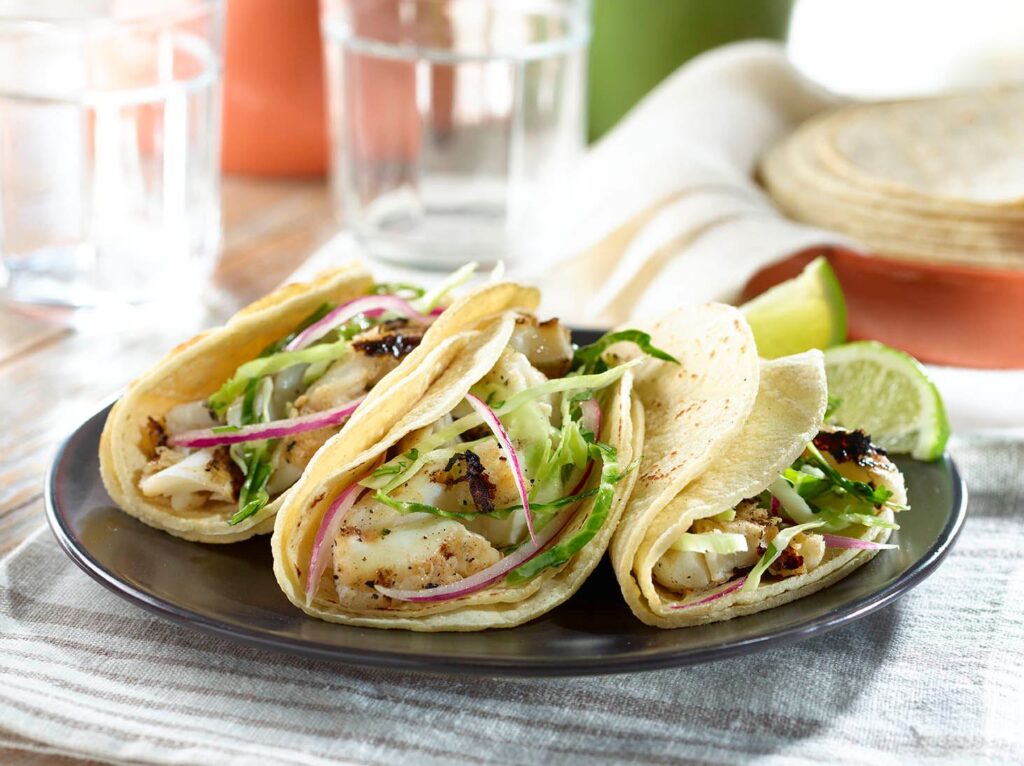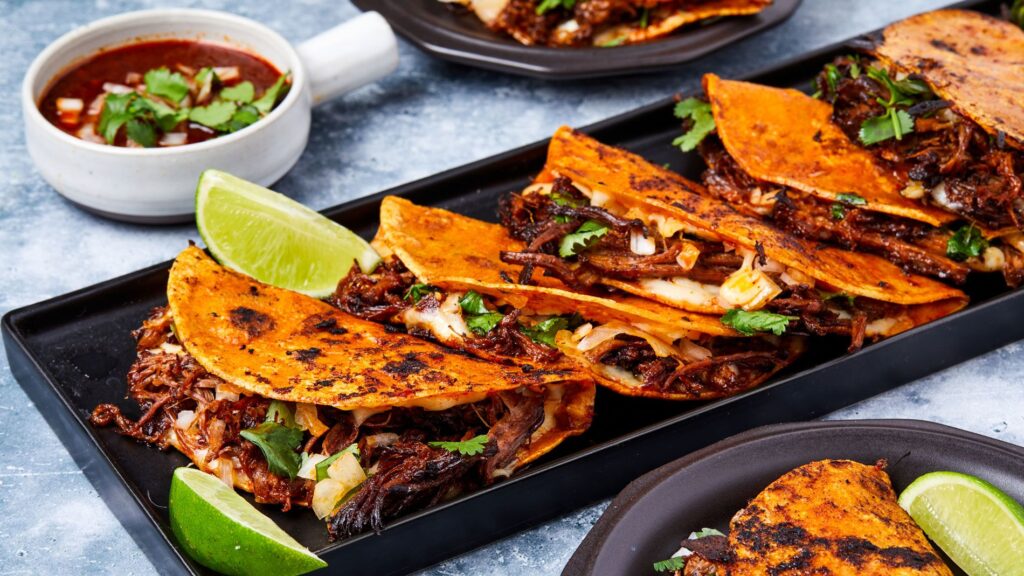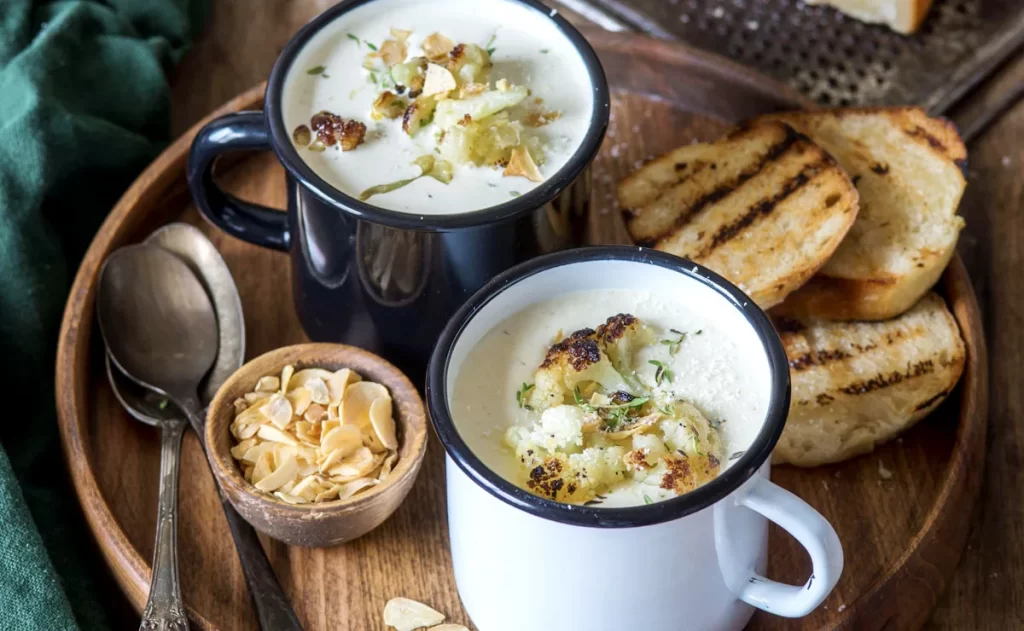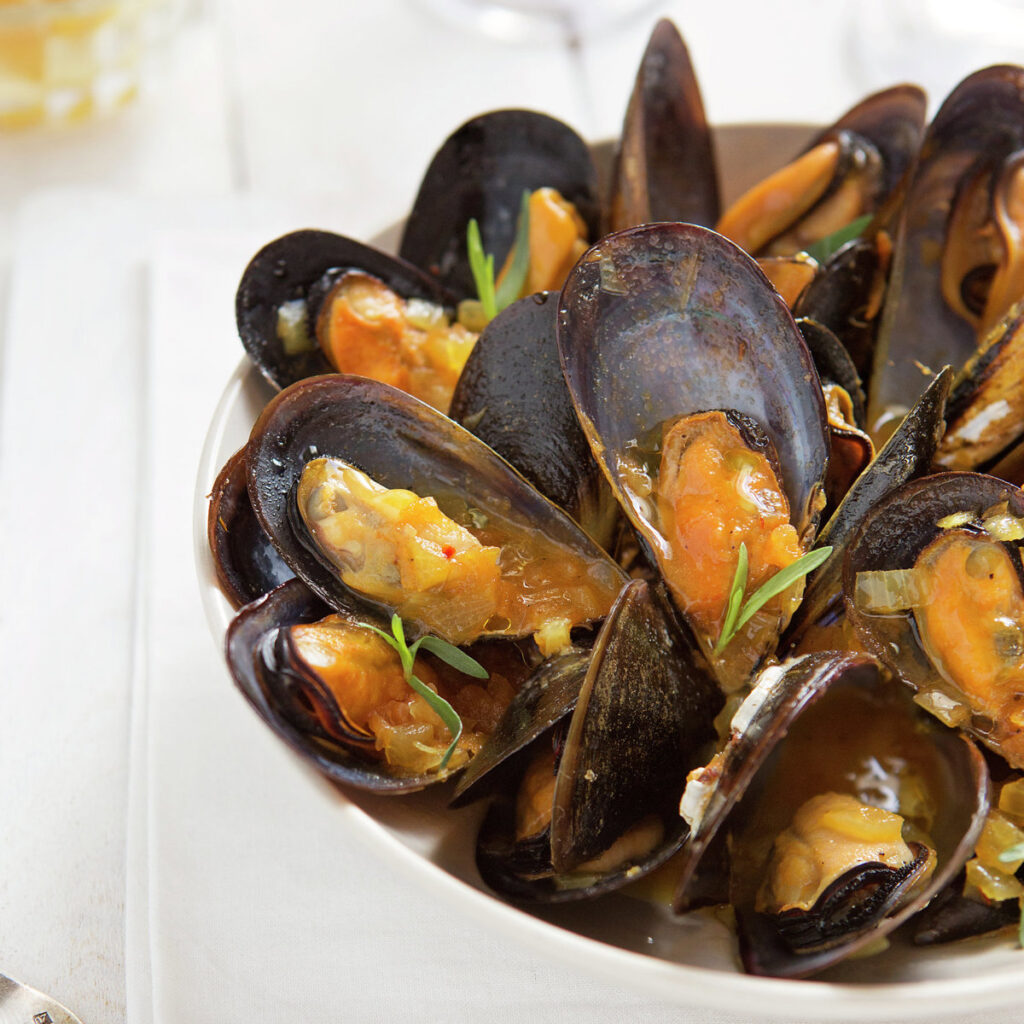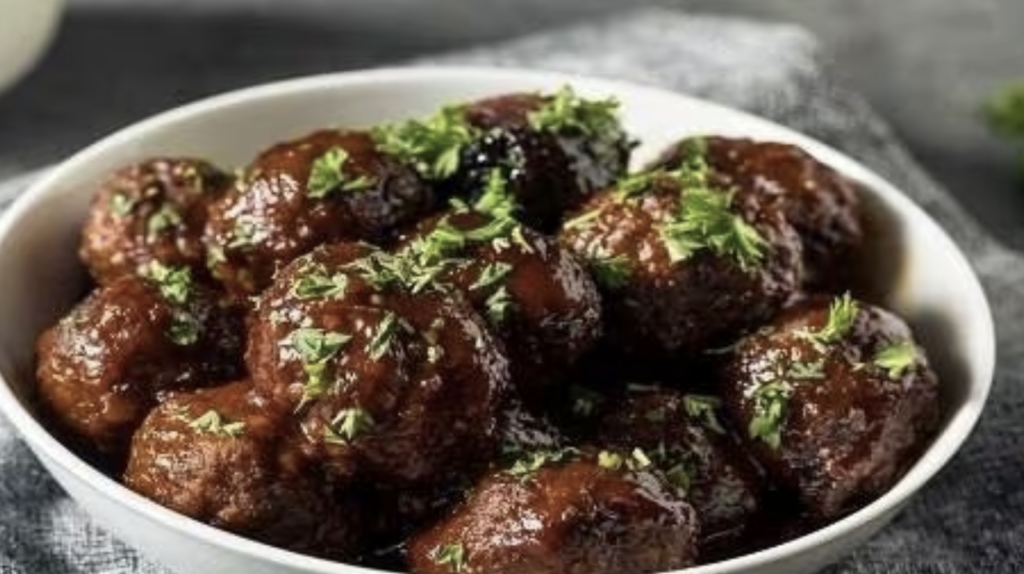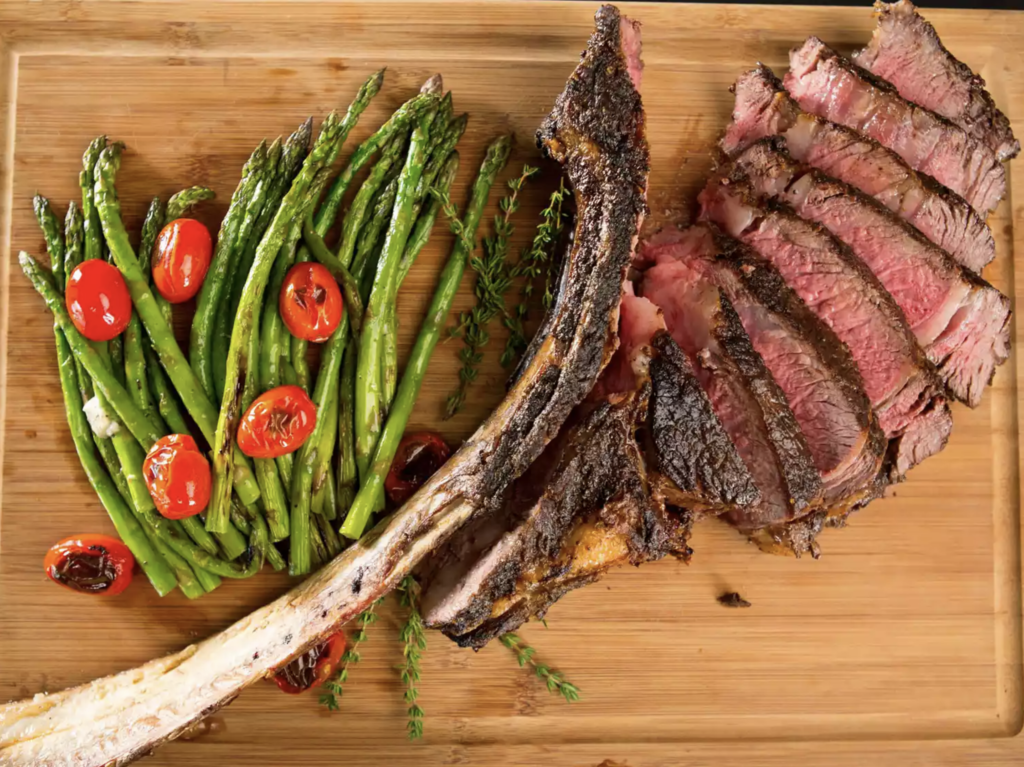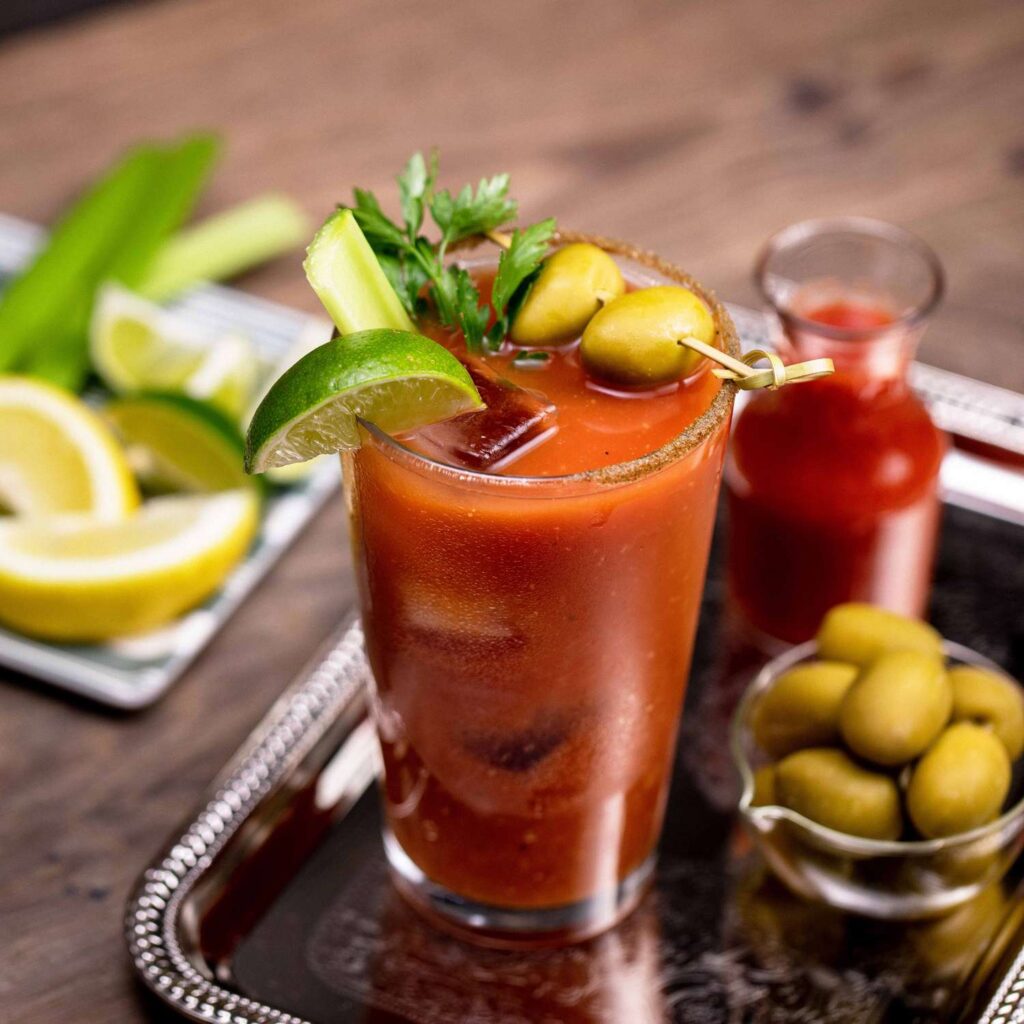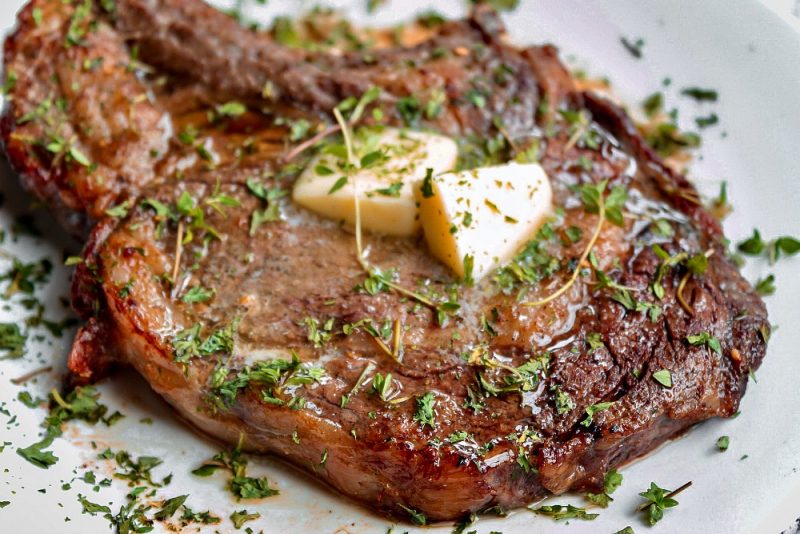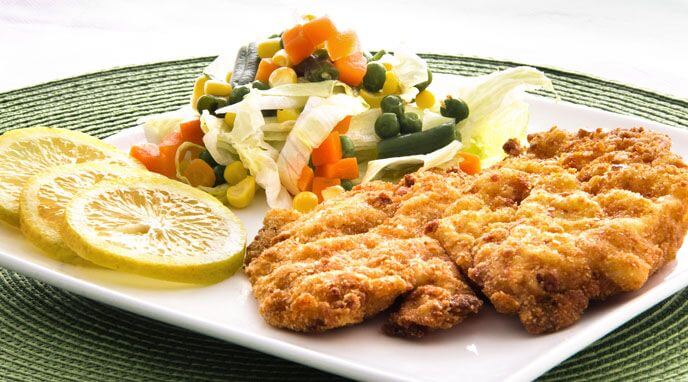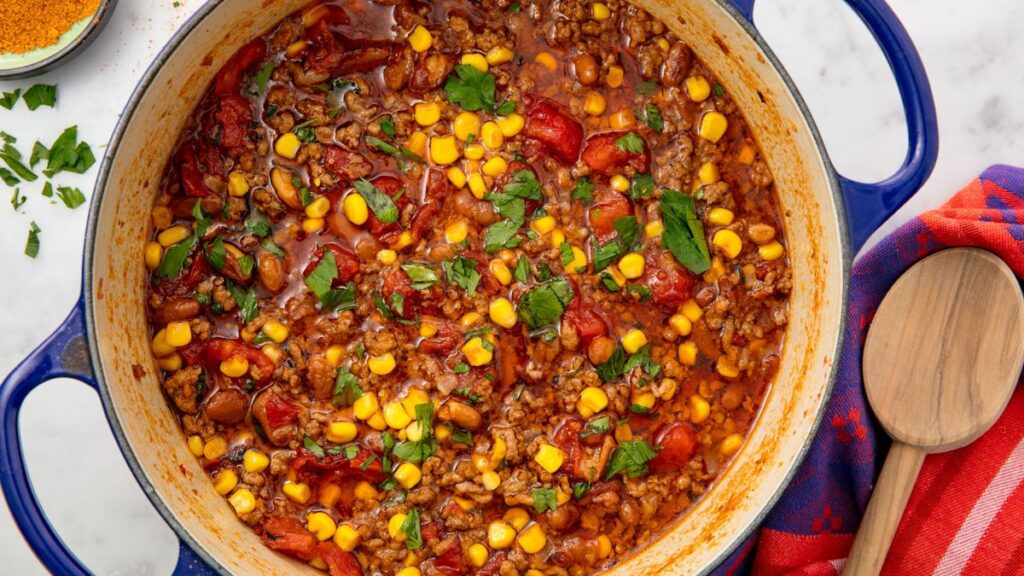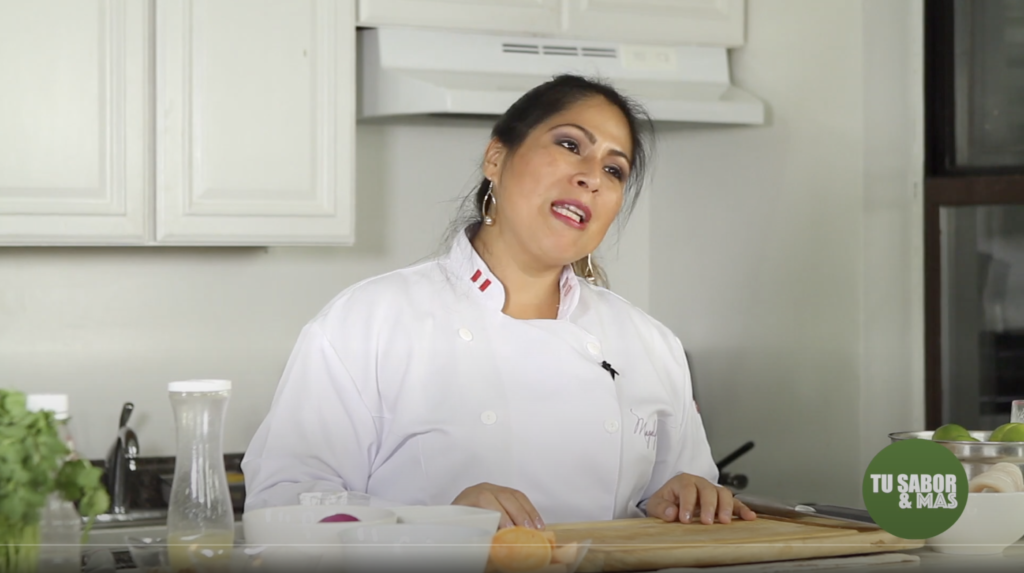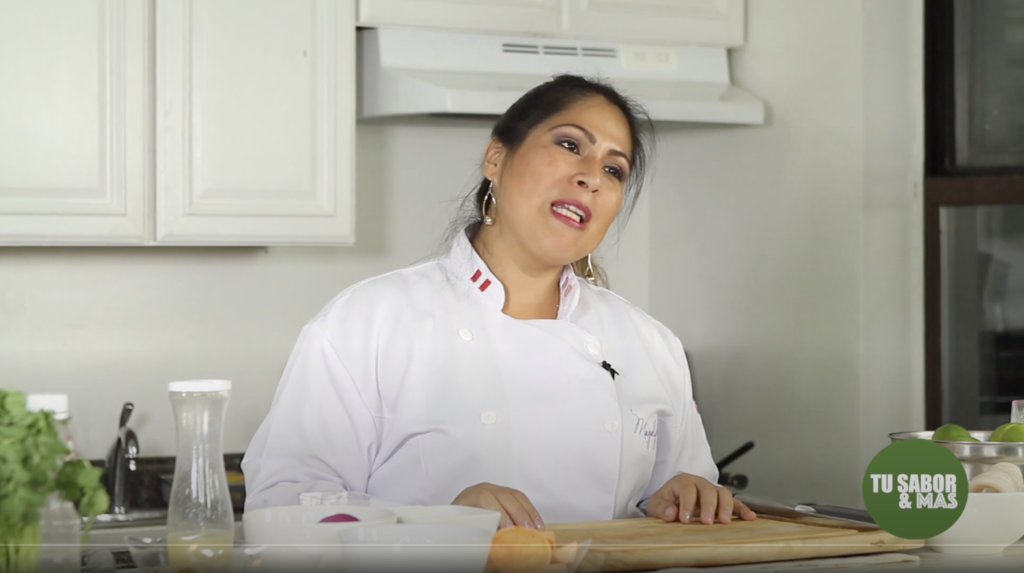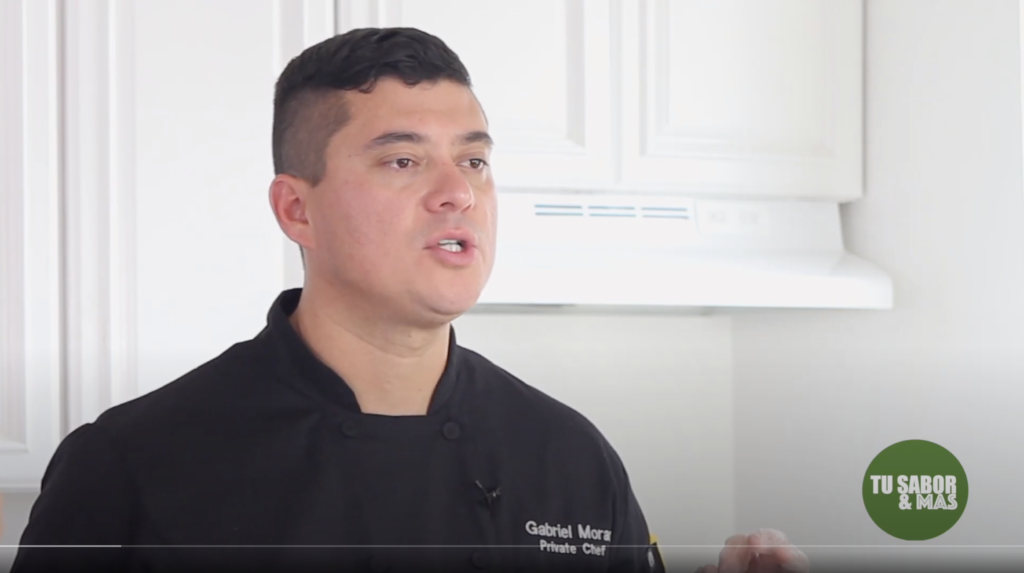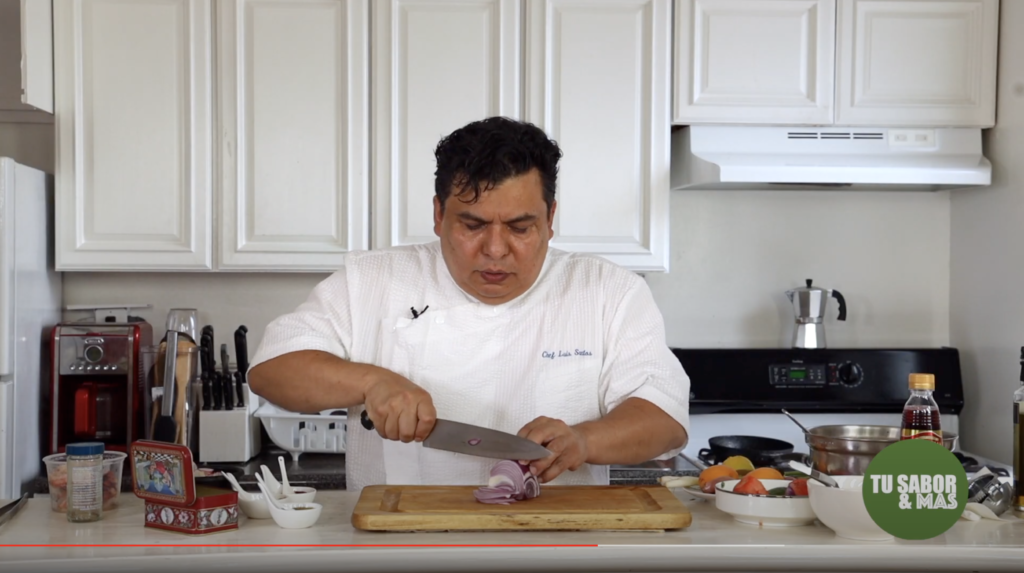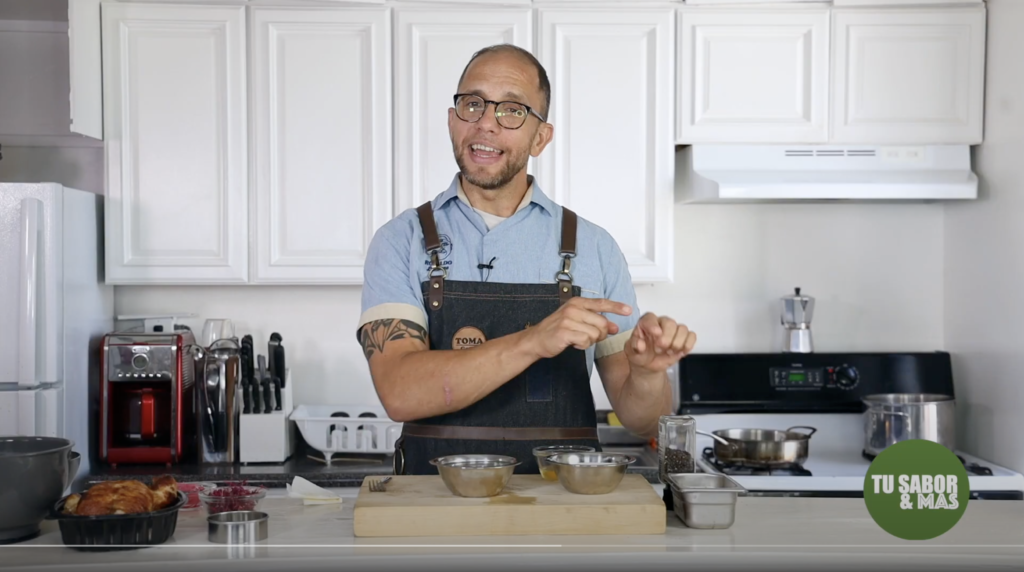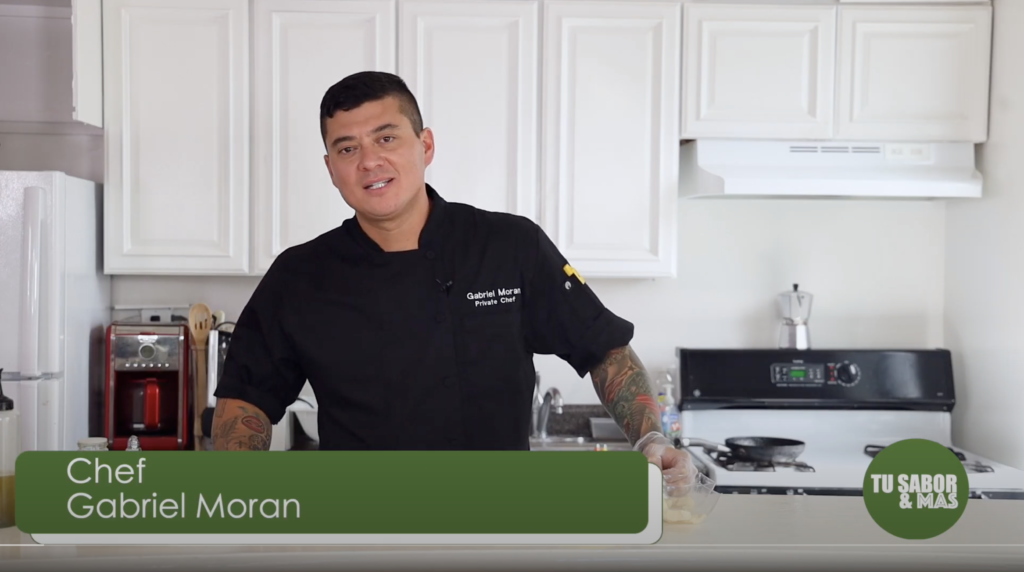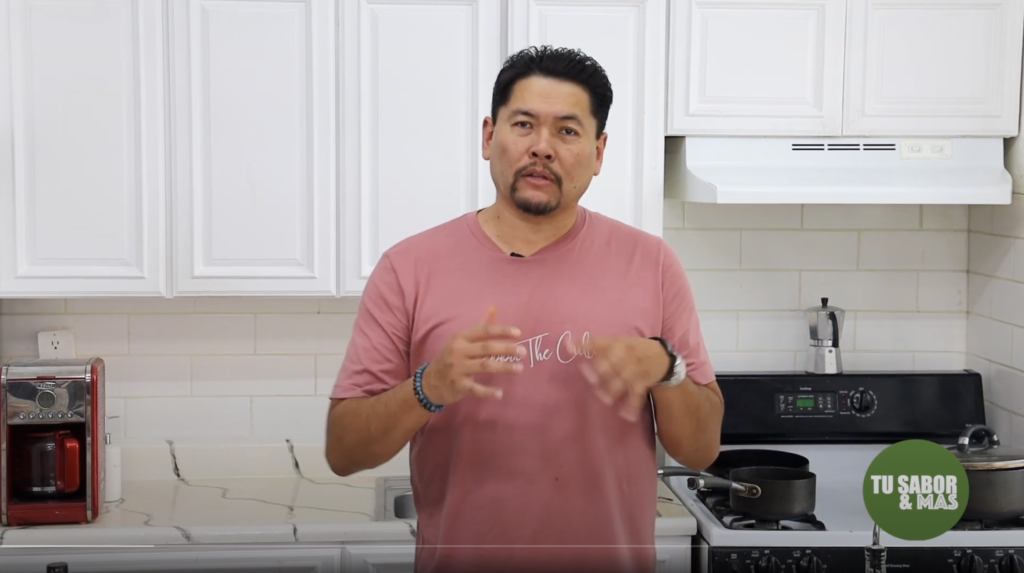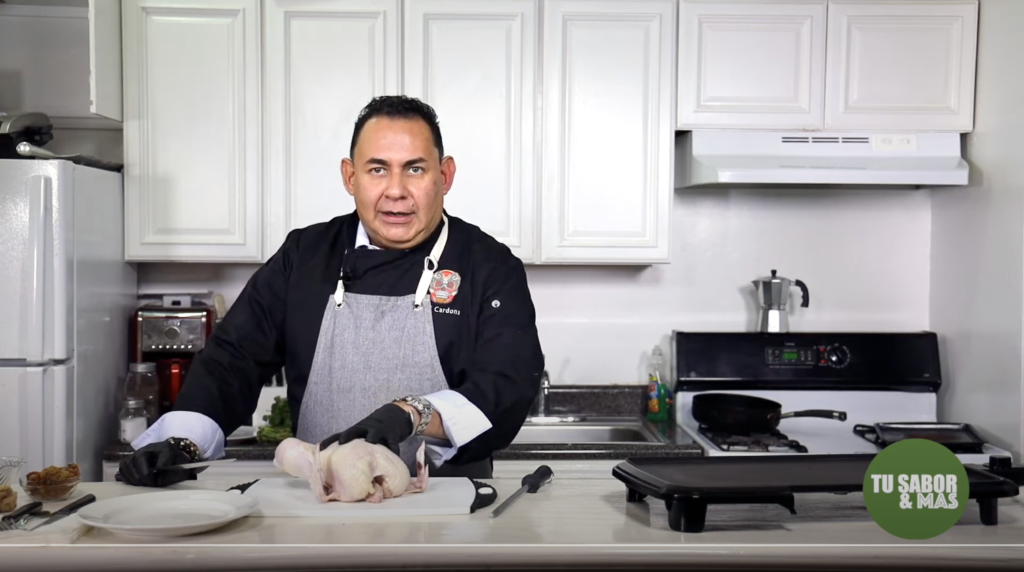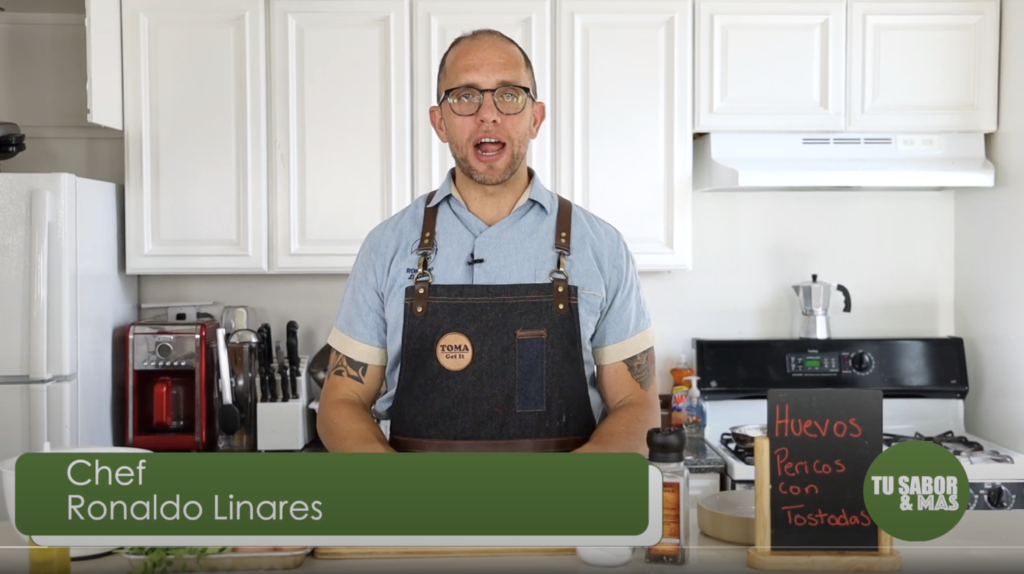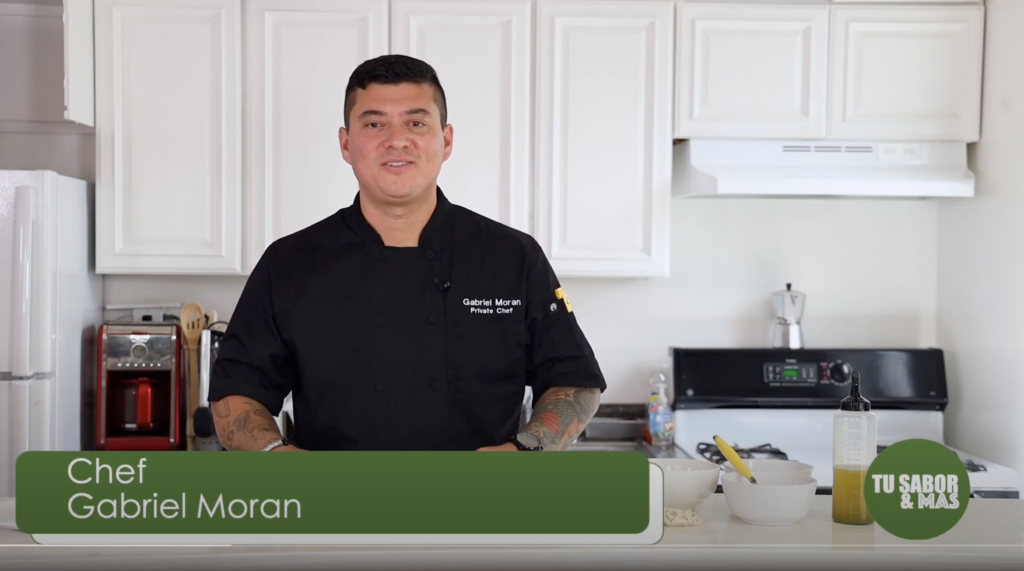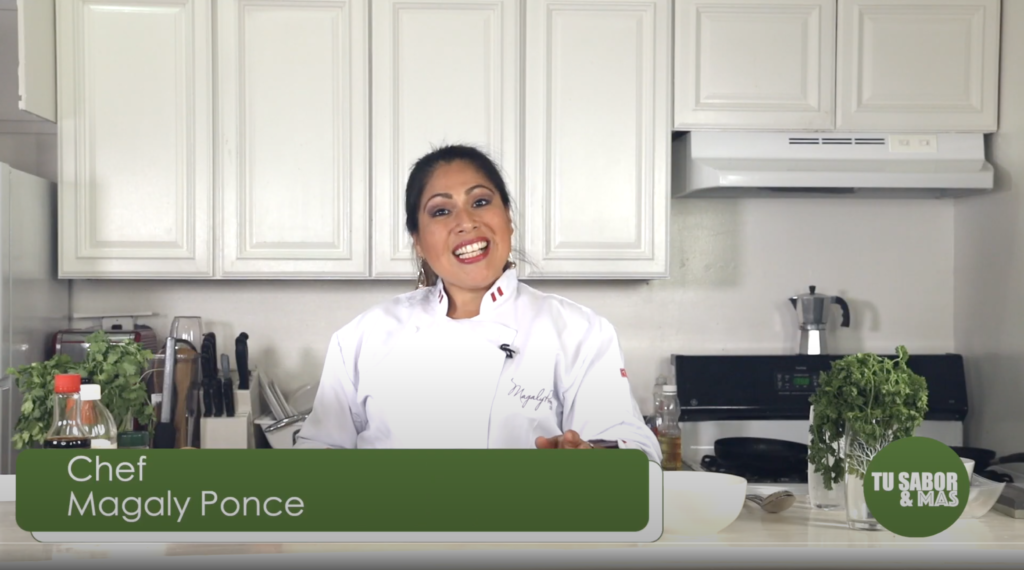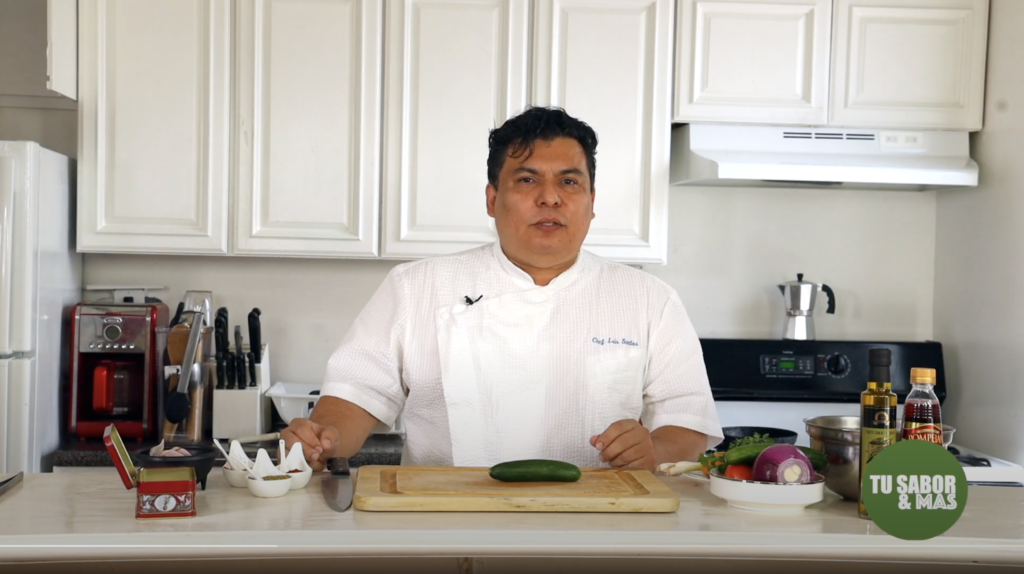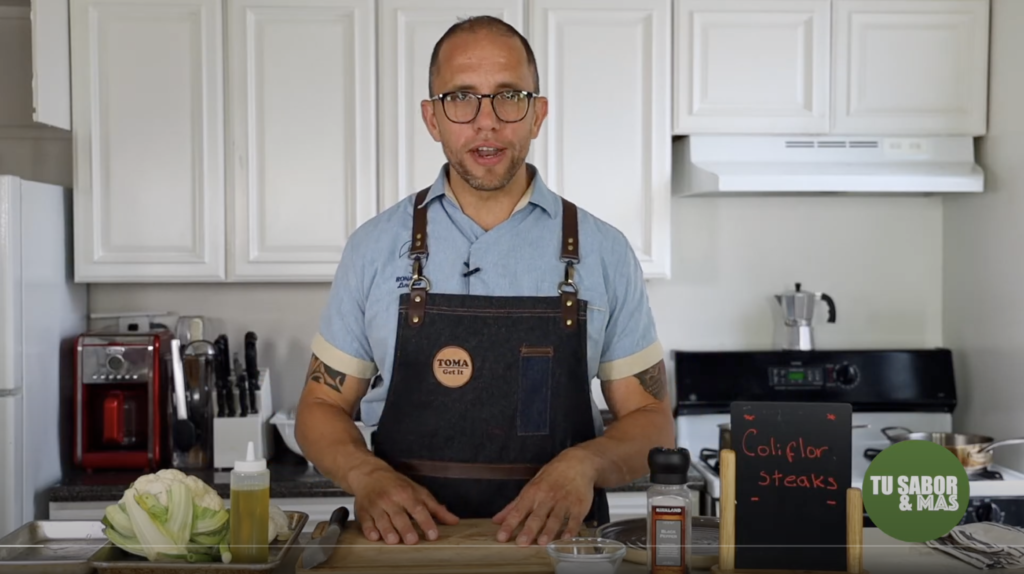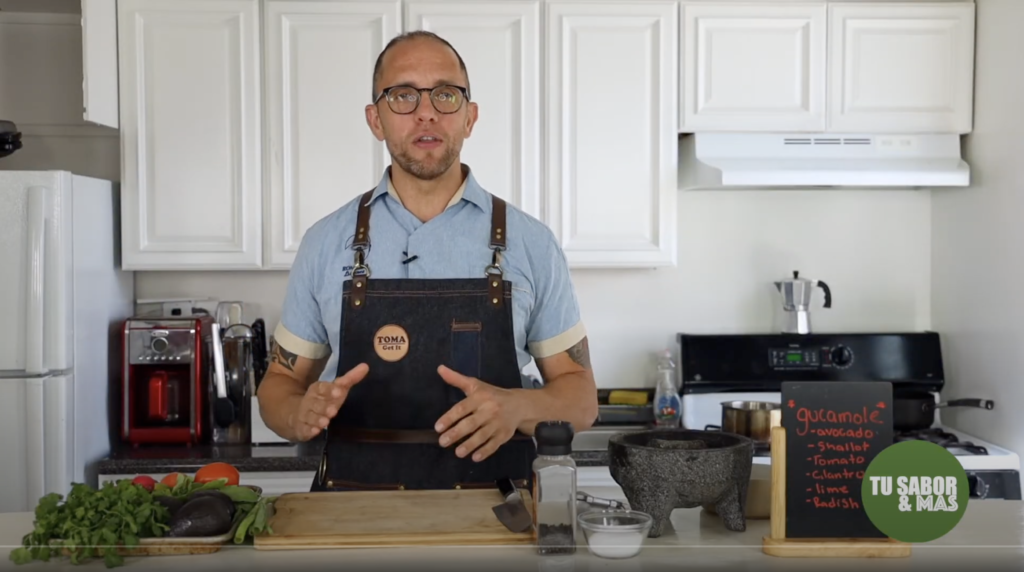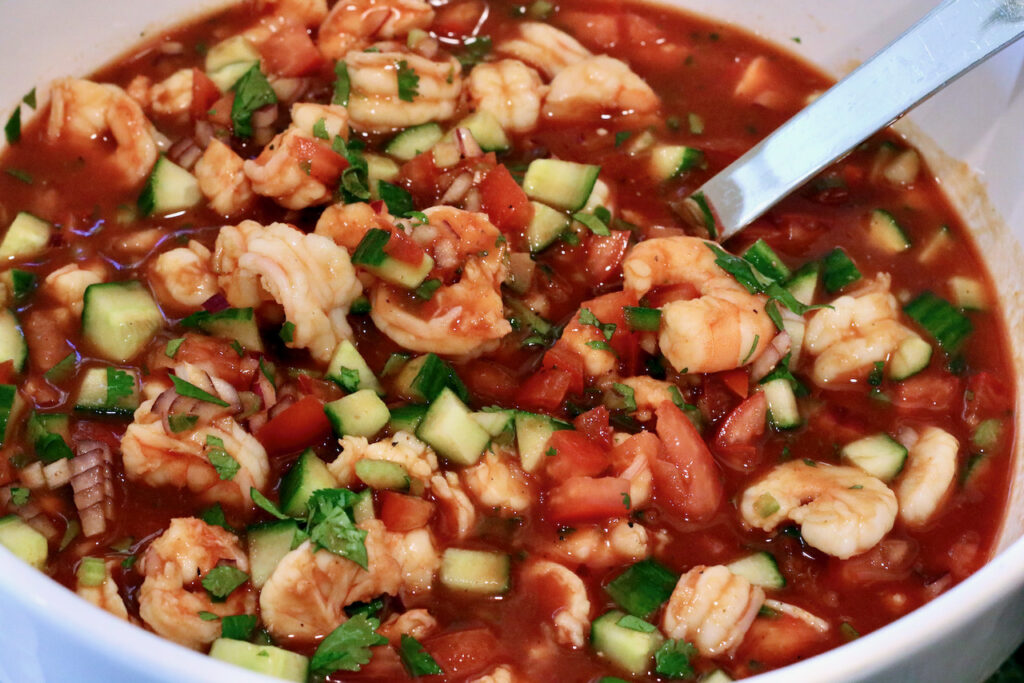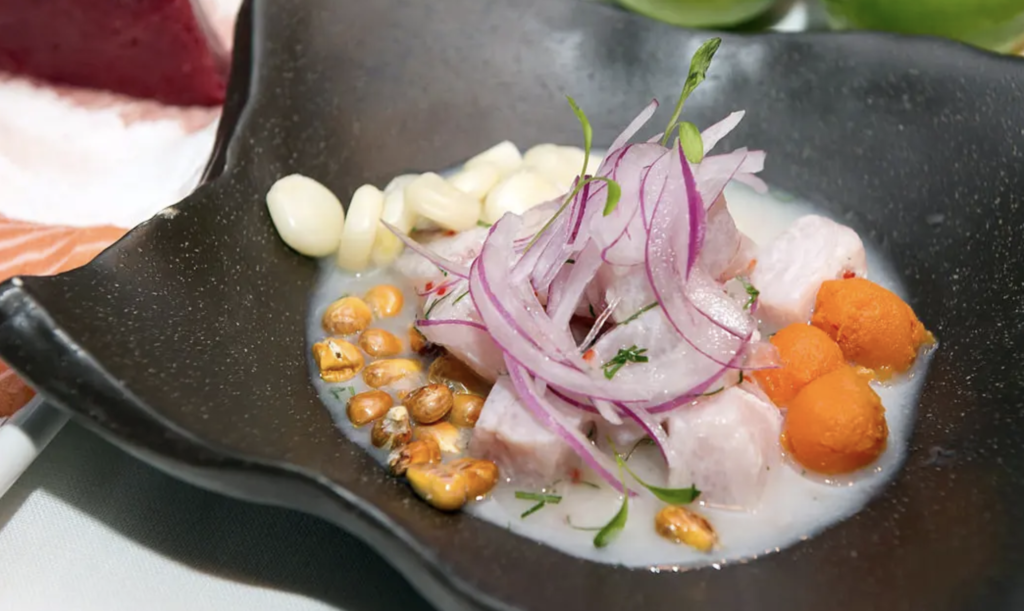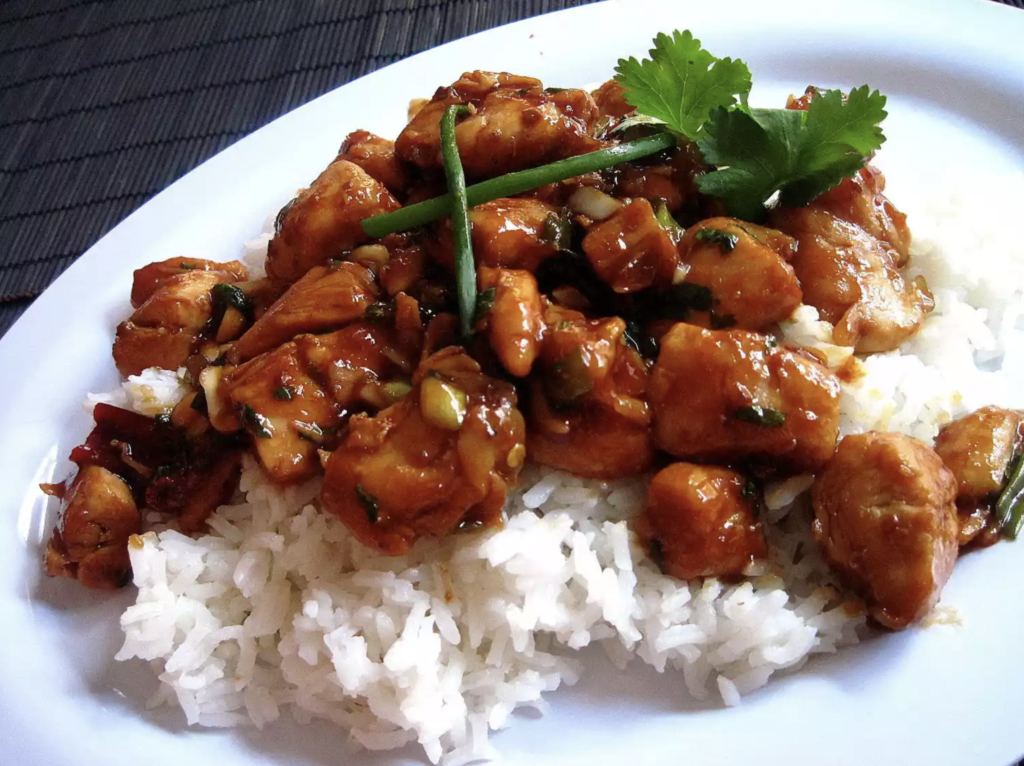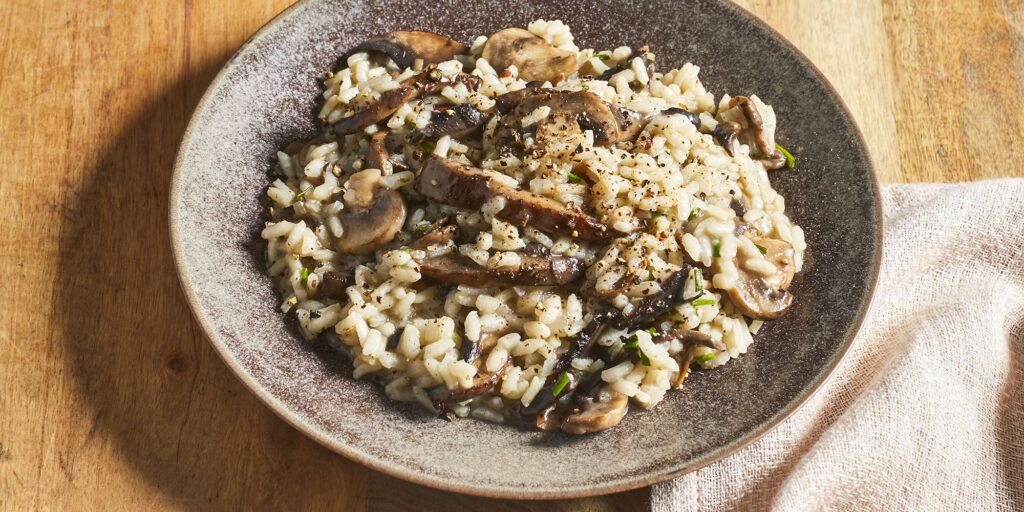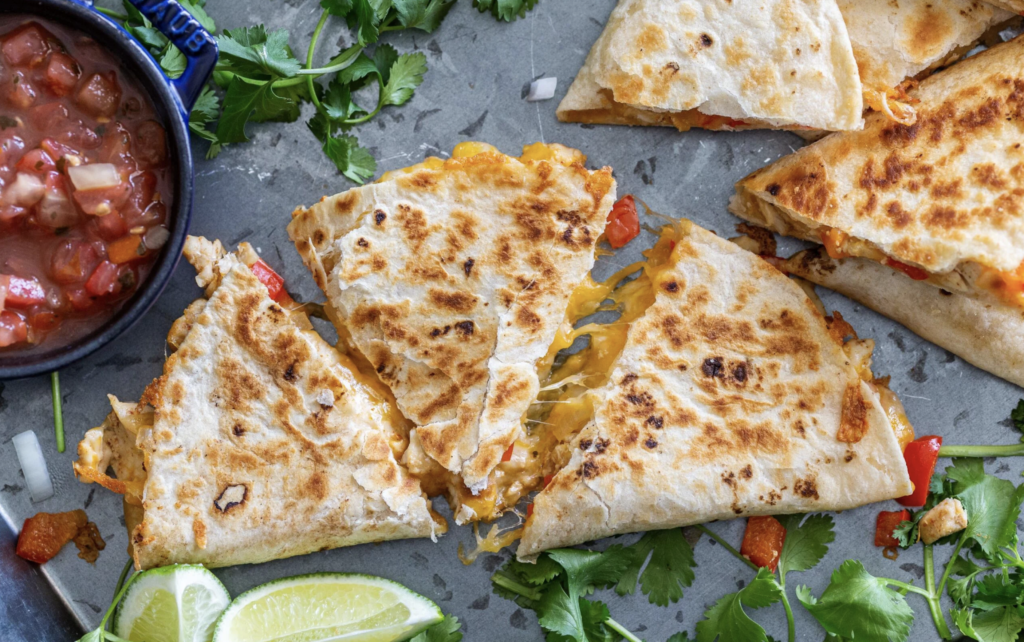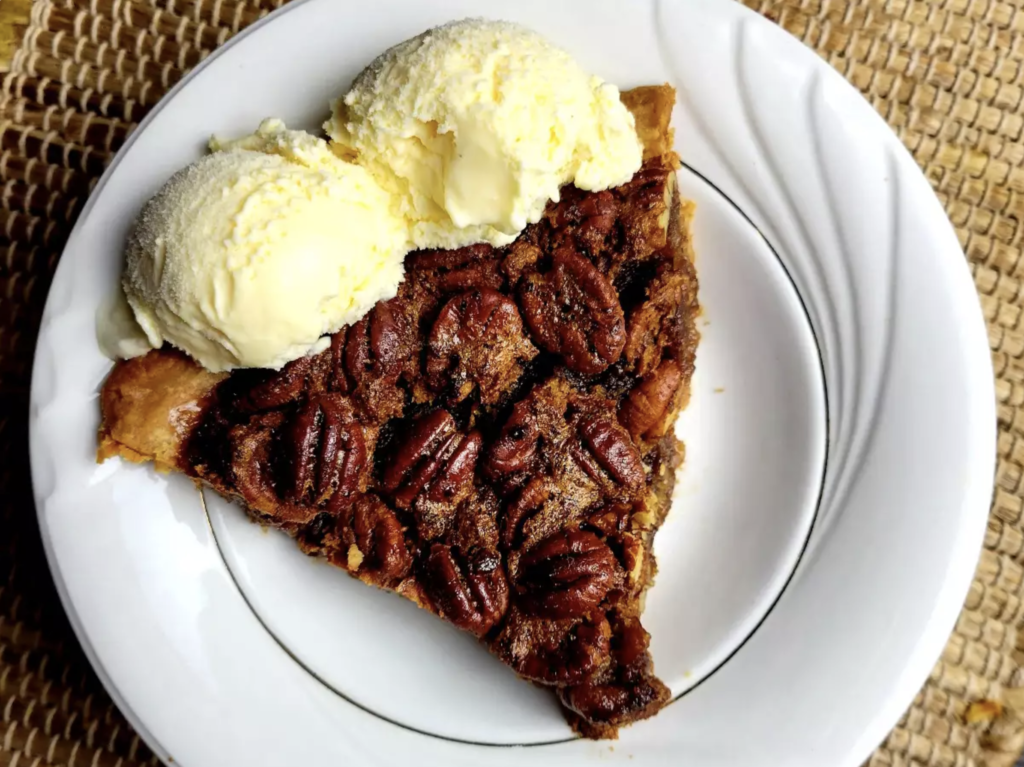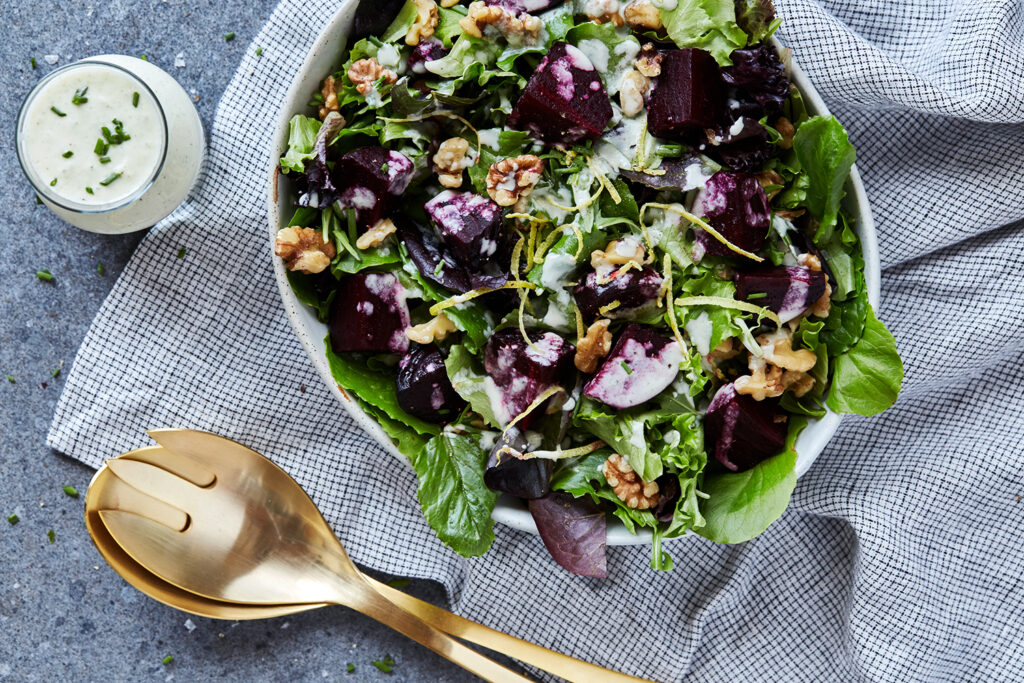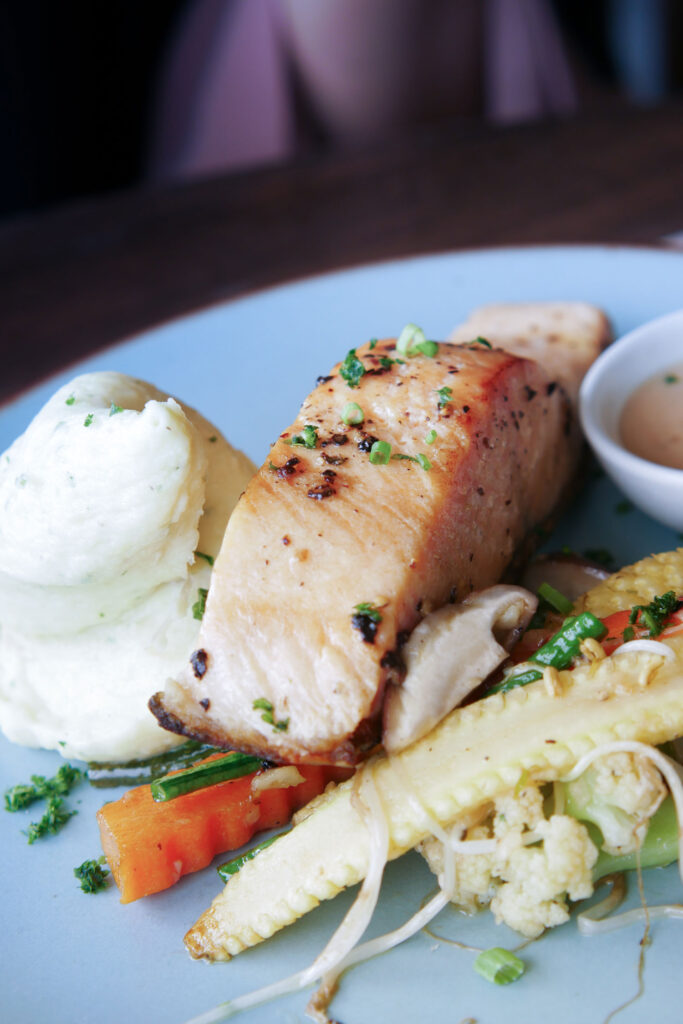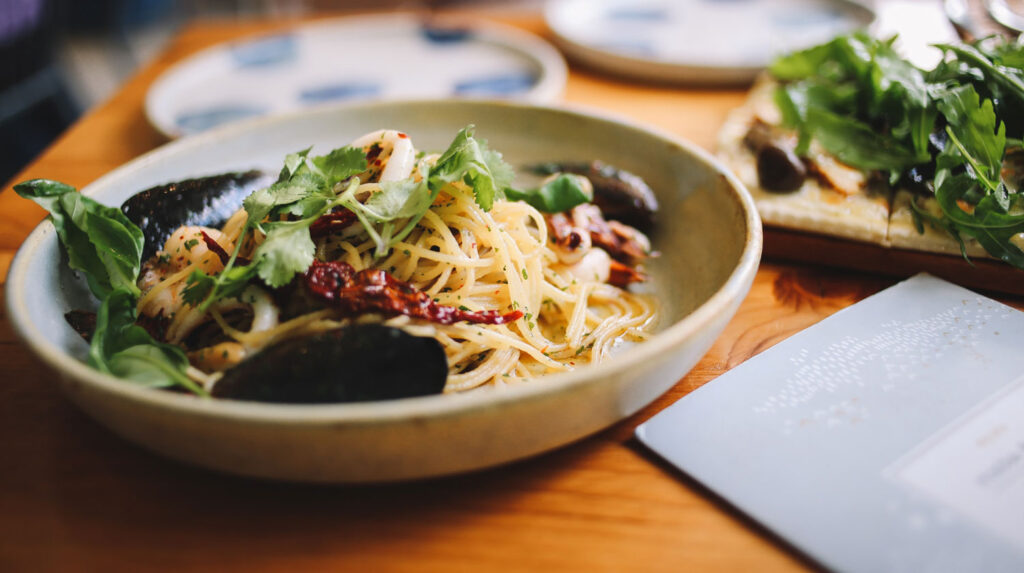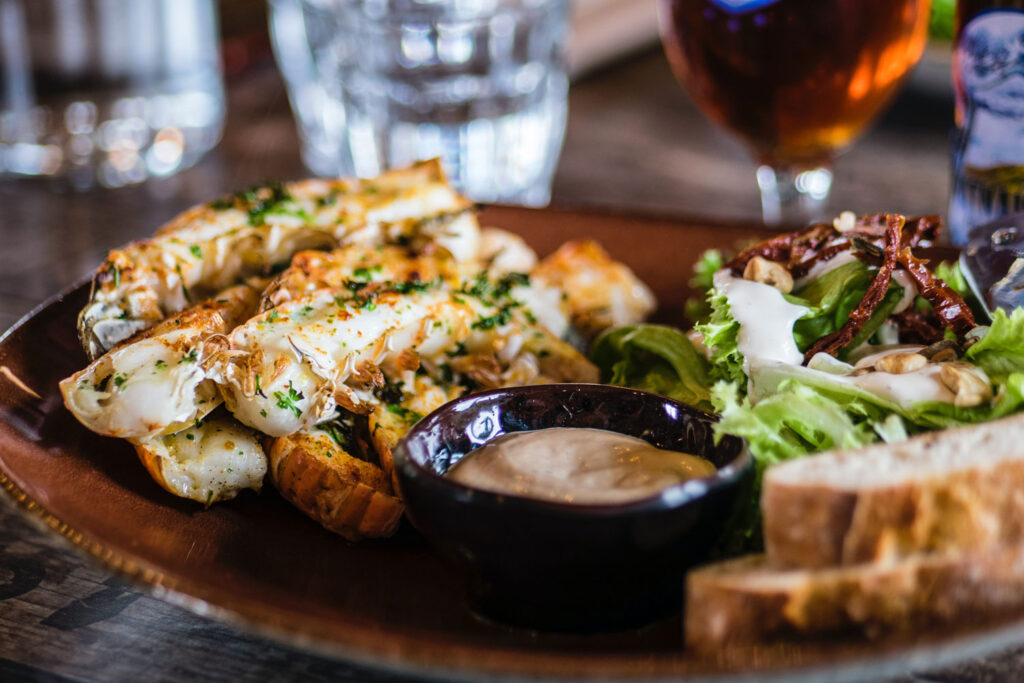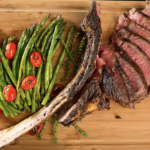Chefs reveal key skills from cooking school

Unlocking the secrets of the culinary world isn’t reserved for professional chefs alone. Ever wondered how restaurant-quality dishes are created? While searching recipes online is easy, cooking restaurant-quality dishes at home can be tricky without professional training. To help home cooks unlock their inner chef, here are 23 key skills to learn.
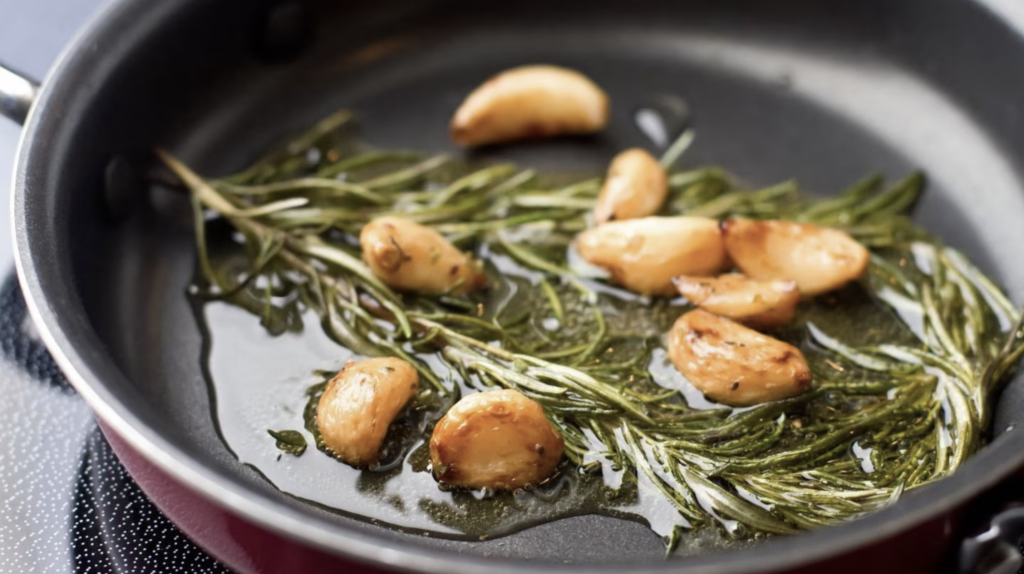
Unlocking the secrets of the culinary world isn’t reserved for professional chefs alone. Ever wondered how restaurant-quality dishes are created?
While searching recipes online is easy, cooking restaurant-quality dishes at home can be tricky without professional training.
To help home cooks unlock their inner chef, 24/7 Tempo spoke to two chefs to learn some cooking tips that are taught in culinary schools.
From proper ingredient prep to time-saving tricks, these fundamental methods can help you transform basic recipes into sophisticated, chef-worthy meals.
The following is not an exhaustive list. So if you need additional advice about saving time, safety, or preparing ingredients before turning on the stove
1. Sharpening knives
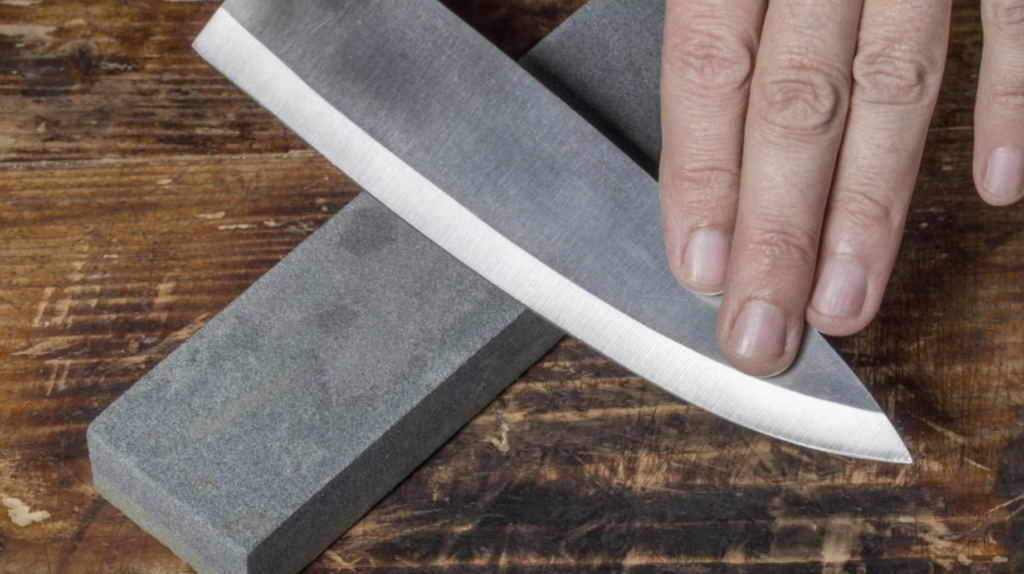
You have to keep your knives sharp. Otherwise, slicing and chopping will be much harder. If you take proper care of your knives — and this is where honing comes in — you’ll only need to sharpen your blade a few times a year. You don’t want to sharpen the knife too often because sharpening takes off metal and wears out the knife. People with dull knives hurt themselves. (A_Pobedimskiy / iStock via Getty Images)
2. Honing knives

Ask any professional chef and he or she will tell you — always hone your knife after every use. Every time you use a knife, some of its teeth will be bent or misaligned. You need to hone the knife in order to keep its edge straight. Hold the honing steel vertically. Press the thickest part of the blade against the steel and pull the knife down towards you.
3. Drying meat and fish

You want to thoroughly dry any meat you’re cooking. Otherwise, the meat will brown too quickly. Also, if you don’t dry the meat, the moisture left on the surface of the meat will turn into steam, which may cause oil splatters. Dry the meat or fish with paper towels. (Lisovskaya / iStock via Getty Images)
4. Brining meat
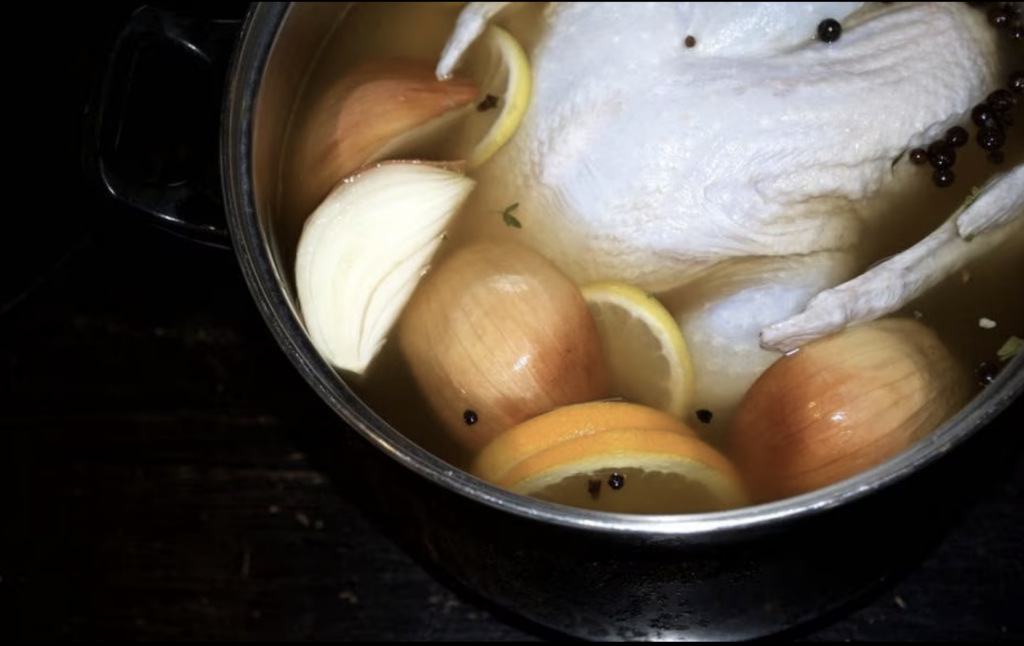
A basic brine is simply salt and water. The salinity level is usually between 2% and 5%, depending on how much time the meat is going to be brining. Other items, like herbs and spices, can be added for flavor. Brining helps chefs get their meat — poultry, pork, or beef — perfectly juicy. The meat won’t dry out as fast and you’re less likely to overcook it.
5. Judging if a pan is running too hot

Getting a stainless steel pan to the right temperature before adding oil and then food can be tricky. But there is an easy way to tell if the pan is hot enough: Add a few drops of water. When they form a single ball of water that rolls round the pan before evaporating, you know it’s time to add the oil. Turn the heat down a bit to prevent the pan from overheating. (zeljkosantrac / iStock via Getty Images)
6. Transferring food from cutting boards
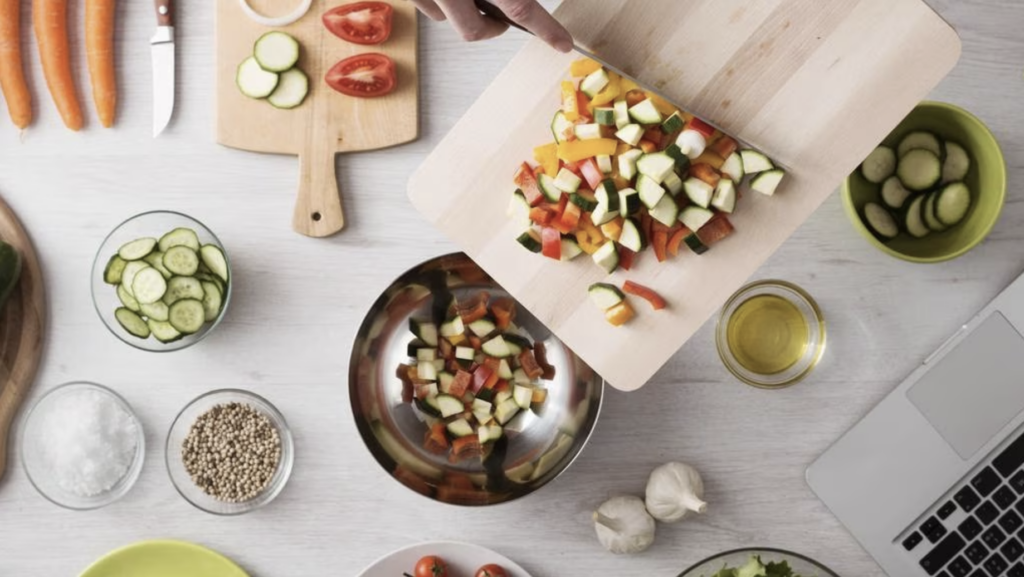
Most people use a knife to transfer food from a cutting board, but dragging the knife dulls the blade over time. A dough scraper will do the trick. Also, the scraper is bigger so it can push more food at once.
7. Adding baking soda to tomato sauce
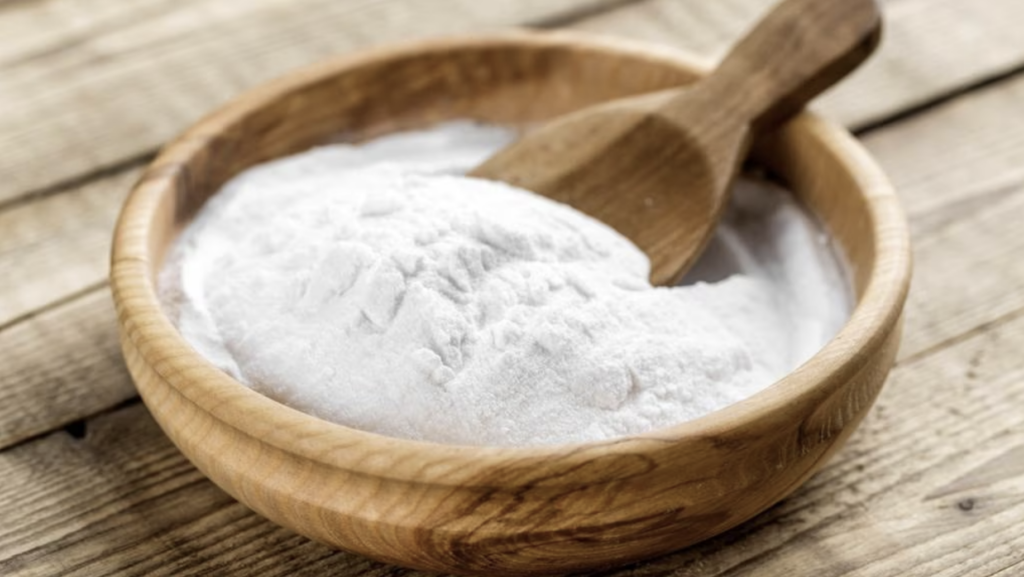
Many cooks know you can add sugar to your sauce to lower the acidity of the tomatoes. But if you are avoiding sugar, you can add baking soda. You don’t need much — a quarter of a teaspoon should be enough. After adding the baking soda, keep the sauce on the pot for a few minutes. (ivandzyuba / iStock via Getty Images)
8. Preheating ovens, grills, stoves, skillets
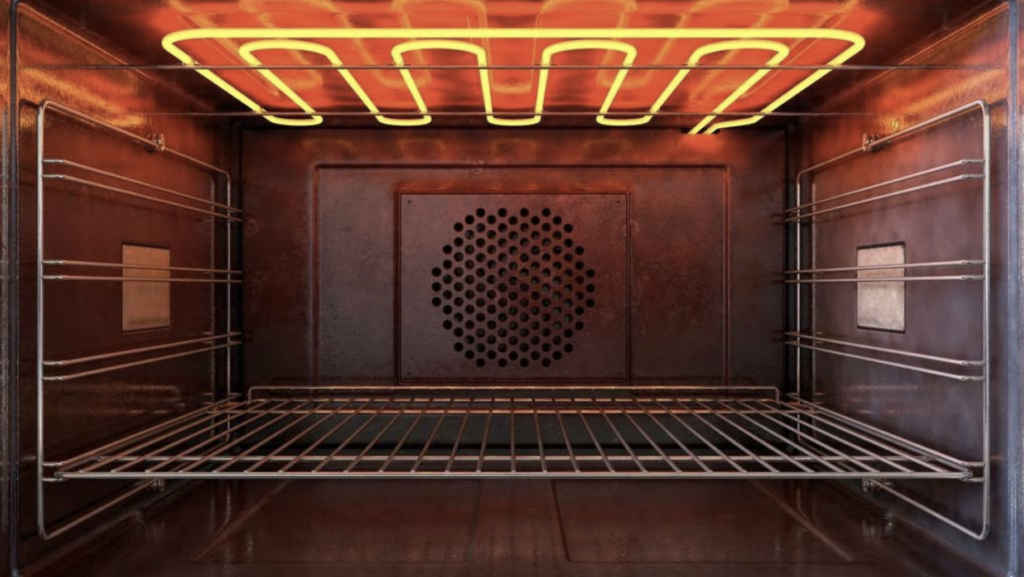
It’s important to preheat the cooking appliance you’re using. Otherwise, whatever you’re making will start cooking at a low heat. As a result, the outsides will get done but the middle will still be cold — and the end product will be soggy. Also, if you keep cooking until the middle gets done, your food will be too dry.
9. Cutting vegetables
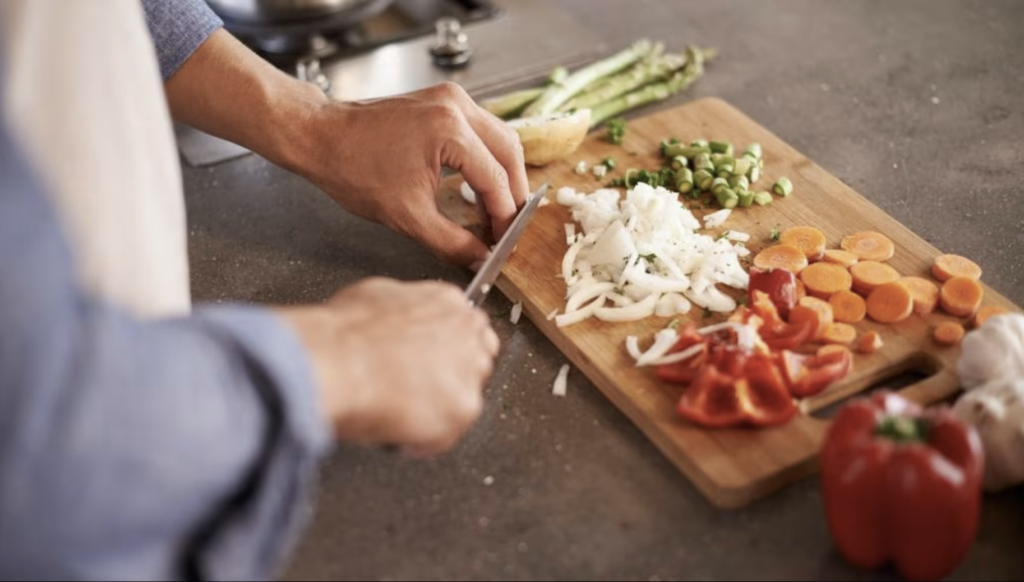
How you cut the vegetables you cook should depend on how long you need to cook them. Smaller pieces will cook faster. You don’t want several different sizes cooking at the same time because some may end up being overcooked while others may still be raw. (PeopleImages / E+ via Getty Images)
10. Ripening avocados

If you need ripe avocados, but the ones you have are not ripe enough, place them in a paper bag with a banana. The banana will help produce ethylene gas, which will expedite the ripening process. (If you want to slow down the ripening process, put the avocado in the fridge.)
11. Bringing meat to room temperature

If you want meat to cook evenly from the edges to the center, you have to let it sit out at room temperature before cooking. This is especially true for thick cuts of meat like big pork chops, turkey, or steak. (gilaxia / iStock via Getty Images)
By Hristina Byrnes


 English
English 

